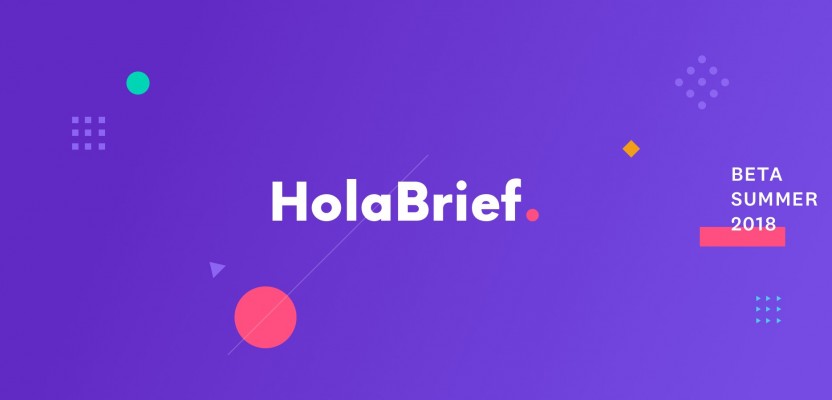A lot happened since my last post talking about my branding process. I started new projects with clients I already had which made me realise how much they trust me. I met new people willing to start new collaborations. I also received (and declined) offers to join very interesting projects on a full-time basis because I want to stick to my values and keep working independently.
But there was one thing that certainly left a mark: I lost a client, a big one, one that could have been a life saver for some time. But losing the client it wasn’t the main issue, the way it happened is what made think that something was wrong and it was time to stop, look back and take action.
Stop
It was before summer when I got the call from a new client saying the usual: We checked out your work and we love it. We would like to start a new branding project with you… ASAP!
They previously had a bad experience with a design studio so my ego was sky-high. First thing I did was to create a proposal including my rates, a tight calendar adapted to the client’s needs and a general definition of the project to make sure we were on the same page. They approved the proposal so we met to discuss the project in detail and receive the briefing, so that I could start working.
The briefing process went wrong from the beginning. I went to the meeting very confident and I left totally disoriented. There were different opinions about the project goals, basic requirements were confusing and the scope of the project wasn’t as clear as I thought it was. Fail.
For some weird reason I felt confident about the project anyway and moved forward and started to work. Long story short, I ended up presenting different concepts, designed a crazy amount of logo variations and the worst part is that I lost control of the project and betrayed my principles as a designer. As a result we stopped the collaboration and everyone walked off in different directions. Another fail.
Looking back
Of course at the beginning I blamed the client for everything, complaining to my girlfriend while holding a glass of wine. It’s way easier and definitely more fun than blaming myself, but certainly less productive for the future and to be honest, not true at all.
The person responsible for the project failing was me. I was in a period of nailing project after project. Great process, great clients and great results. And even though in this project I saw red flags everywhere, I decided to ignore them and kept working.
I learned that you can negotiate price, number of revisions or concepts presented. But there is one thing you can’t never negotiate in a design project: the briefing.
Without a clear briefing that sets the basis of the project and puts everyone on the same page, design is pointless. And this is the designer’s responsibility.
Or as David Holston says: The brief aligns the client and designer so they shared a common understanding of the direction of the project. Minimising the chances of going down dead ends.
The funny thing is that in retrospective, with more than 15 years of experience in the field of design together with my girlfriend, this is something that has happened before and the lesson is always the same: the quality of the briefing process is directly proportional to the success of the project.
That’s why we decided that something had to be done.
Take action
At this point it wasn’t only me anymore, it was us. We started to think of a way to make the briefing process better, more collaborative and less boring for everyone. We researched, we read books, we talked to another designers and we ran surveys. Soon we realised that we were not alone, there were a lot of designers facing similar problems every time they started a new project. The main ones we discovered are:
- Not knowing what to ask to the client during the briefing phase.
- Lacking confidence to tackle more strategic issues.
- Missing a framework that provides a solid process and a more collaborative environment.
- Don’t looking professional enough in front of the client.
After these initial findings, our first idea of creating a solution that works for us, started to take the shape of a tool, that helps designers have a better understanding of their clients needs during the most crucial phase of the design process: the briefing.
We went through a pretty intense phase of conceptualisation that ended up with what we could say it’s the perfect briefing, and will be the foundation of the tool.
We teamed up with a development team we are proud to work with, that know what they are doing and are excellent professionals.
Last but not least, we went through painful naming process that included more than 100 names and many legal rejections from our lawyer, but finally resulted in a name we love: HolaBrief.
What is HolaBrief about?
- HolaBrief is about having everyone on the same page and making sure that designer and clients are always aligned.
- HolaBrief is about encouraging designers to develop a more strategic thinking by asking better questions and really understanding the client’s business.
- HolaBrief is about guiding designer’s clients through the briefing process with a fun, interactive and meaningful experience.
Of course we will dig deeper into HolaBrief and explain how it works and the value it will add to your process in later articles. But for now we want to tell you that we are working all the hours to create a product that hopefully you will love.
The plan is to launch the beta phase in June and it would be awesome to have you on board! Request your early access at holabrief.com.






